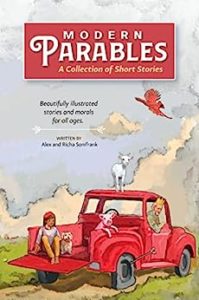 Title: Modern Parables
Title: Modern Parables
Author: Alex Sonifrank and Richa Sonifrank
Publisher: Self-Published
Publication Date: July 16, 2022
Genres: Fantasy, Contemporary
Length: 82 pages
Source: I received a free copy from the authors.
Rating: 3 Stars
Blurb:
You may be familiar with the tortoise and the hare, but have you heard of the king and the sage?
A collection of short stories about the challenges we face each day in the modern world.
Stories that would take you all around the world to different cultures, times, and places. From ancient kings to modern mayors, from vast farmlands and forests to present day offices and from sages to priests.
Review:
Story time is for everyone.
Improving one’s character is a complex task that never ends. Some of my favorite stories in this book were the ones that featured people who genuinely thought they were doing the right thing in life. Good intentions don’t always translate to helpful choices, though, and I nodded along as they realized that sometimes you can be too nice, too eager to give others unsolicited advice, or too quick to judge without knowing someone’s history. These are the sorts of lessons that work better when repeated in a lot of different ways in my experience, so I was glad to see so much attention paid to them here.
I had mixed feelings about the fact that the lesson each story was teaching was written after the end of it. Yes, some readers probably need to have such things pointed out directly to them, but I also think that there’s a big benefit to discussing what you’ve just read and allowing the audience to come to their own conclusions about what it all means and how it should apply to our daily lives. Sometimes one can learn more from a conversation about a work than the tale itself, after all! With that being said, I’ll leave it up to other readers to come to their own conclusions about how well this worked. Just because it didn’t resonate with me doesn’t meant that everyone else will necessarily feel the same way!
One of the strengths of this collection was how varied it was. The characters in it came from a wide array of ages, backgrounds, and places. That isn’t necessarily something that’s common in traditional parables or fairy tales, so it was refreshing to discover here. One specific parable might be more meaningful to a certain person based on their previous experiences in life, but there were so many different types of them that I think anyone will be able to find something that appeals to them. I appreciate authors who pay attention to such things and try to reach out to all sorts of different people in our modern age.
Modern Parables was a thought-provoking read.

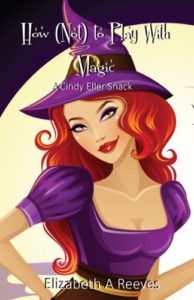 Title: How (Not) to Play With Magic
Title: How (Not) to Play With Magic Title: The Ghost and the Real Girl
Title: The Ghost and the Real Girl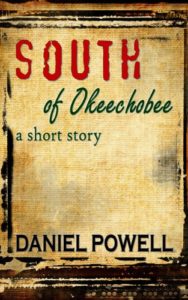 Title: South of Okeechobee
Title: South of Okeechobee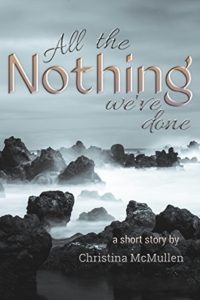 Title: All the Nothing We’ve Done
Title: All the Nothing We’ve Done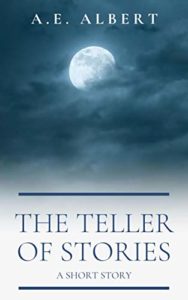 Title: The Teller of Stories
Title: The Teller of Stories Title: Jathniel, The Immortal
Title: Jathniel, The Immortal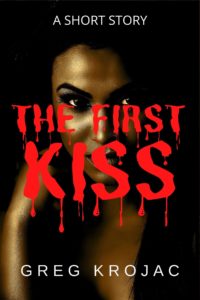 Title: The First Kiss
Title: The First Kiss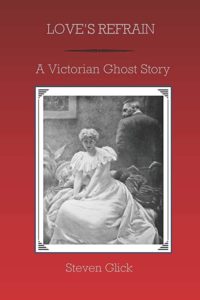 Title: Love’s Refrain – a Victorian Ghost Story
Title: Love’s Refrain – a Victorian Ghost Story Title: Samfah
Title: Samfah